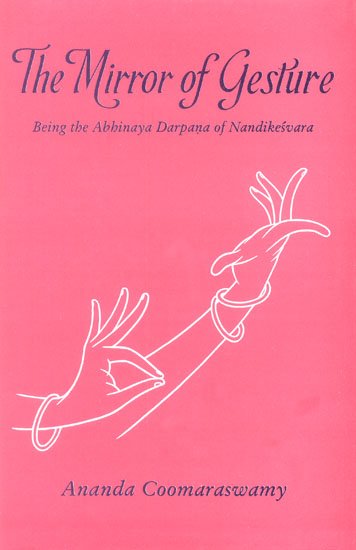Abhinaya-darpana (English)
by Ananda Coomaraswamy | 1917 | 16,981 words | ISBN-13: 9788121500210
The English translation of the Abhinaya-darpana (“the mirror of gesture”) by Nandikeshvara: an encyclopedic manual of the art of gesticulation. It belongs to a wide range of literature known as Natya-shastra: the ancient Indian art of dramatic performance, theatrics, dance and music. The Abhinaya Darpana is an abridgement of the Bharatarnava, a m...
Chapter 9 - Six Movements of the Brows
According to another book there are named the following six movements of the Brows:
Sahaja: the natural brow in a smooth face. It expresses the natural state.
Patita: the brows being at rest, are made to frown. Usage: distaste, astonishment, jealousy.
Utkṣipta: either one or both of the brows is raised. Usage: woman’s anger, telling the truth, feelings of love (sṛṅgāra-bhāva), dalliance (līlā).
Catura: the brows meeting and faintly quivering. It is used in touching one another’s face, heart’s bliss, and excitement.
Recita: one brow is contracted with charm and sweetness. Usage: listening to a secret, saying “Sādhu”, looking at any place.
Kuñcita: one or both brows arched. Usage: rapture at being reminded of an absent lover (moṭṭayita), feigned anger (kuṭṭa-mita), pleasure at seeing the beloved (vilāsa), hysterics (kila-kiñcita).
